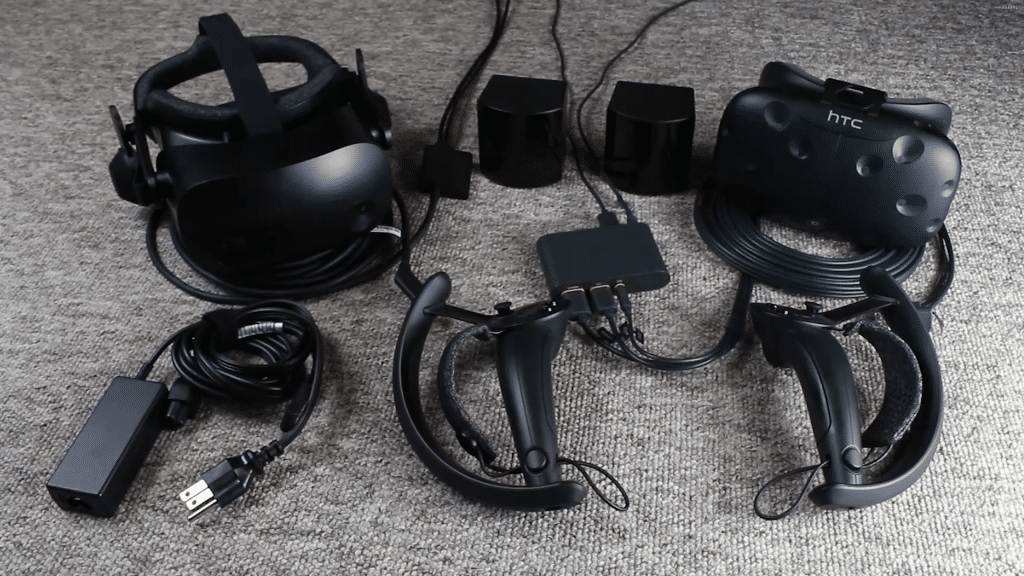

Why is this a Big Deal? Indulge us just for a moment here.Įvery Gateway synchronizes its database with every other Gateway, every day. The D-Star Gateway design does not allow for easy removal of data in the system. This is a sensitive subject for most administrators. Ease of installation is expected to improve in the near future. CentOS has been explored and works well also. The gateway is especially sensitive to iptables configurations, in many cases refusing to even load. The added security features seem to conflict with the Gateway. We do have FC5 and FC6 running, but they definitely require more attention than FC4 to install.

Most of us are running Fedora Core 4, which we know is old.
Dsync g2 dstarusers org index manual#
The RS-RP2C manual suggests Fedora Core 2 or Redhat 9 Linux. You'll need speed at least equivalent to good DSL. Workarounds like "sticky" IP addresses or Dynamic DNS are not applicable in this environment. OK, here's the bad news - you MUST have a static IP for use on the D-Star network! D-Star is designed around static IP addresses. Because of this, we recommend leaving the gateway at the repeater site. It's possible to remotely locate the Internet connection if absolutely necessary, but the network segment between the RP2C controller and the Gateway is very sensitive to latency. This computer needs to be at the repeater site with the repeater. The Gateway requires a computer with at least two Ethernet ports, a minimum of 512 MB of memory, and a recommended processor of at least 2.4 GHz. While this document will not attempt to replace a Gateway Certification Course, it will address most of the major points. The overall process is very simple, if you'll pay attention to some key points. This page is designed to give you an idea of what's involved in brining a new D-STAR Gateway onto the network. Processes utilizing the network that do not normally have network communication or have never been seen before are Your Source for D-Star Digital Amateur Radio Information!Īdding a Gateway Ver 2 D-STAR Gateway to the Network Overview Monitor network data for uncommon data flows. monitor anomalies in use of files that do not normally initiate connections for respective protocol(s)). Consider correlation with process monitoring and command line to detect anomalous processes execution and command line arguments associated to traffic patterns (e.g. Monitor and analyze traffic patterns and packet inspection associated to protocol(s) that do not follow the expected protocol standards and traffic flows (e.g extraneous packets that do not belong to established flows, gratuitous or anomalous traffic patterns, anomalous syntax, or structure). Note: Domain controllers may not log replication requests originating from the default domain controller account. Monitor domain controller logs for replication requests and other unscheduled activity possibly associated with DCSync. Follow best practices for design and administration of an enterprise network to limit privileged account use across administrative tiers.
Dsync g2 dstarusers org index password#
Įnsure that local administrator accounts have complex, unique passwords across all systems on the network.ĭo not put user or admin domain accounts in the local administrator groups across systems unless they are tightly controlled, as this is often equivalent to having a local administrator account with the same password on all systems. Manage the access control list for "Replicating Directory Changes" and other permissions associated with domain controller replication. ĭuring the SolarWinds Compromise, APT29 used privileged accounts to replicate directory service data with domain controllers. ĭuring Operation Wocao, threat actors used Mimikatz's DCSync to dump credentials from the memory of the targeted system. It contains functionality to acquire information about credentials in many ways, including from DCSync/NetSync. Mimikatz performs credential dumping to obtain account and password information useful in gaining access to additional systems and enterprise network resources. LAPSUS$ has used DCSync attacks to gather credentials for privilege escalation routines. Earth Lusca has used a DCSync command with Mimikatz to retrieve credentials from an exploited controller.


 0 kommentar(er)
0 kommentar(er)
